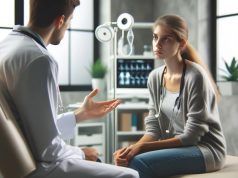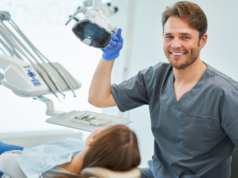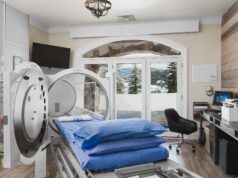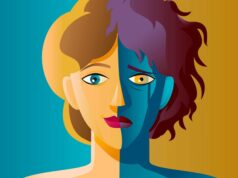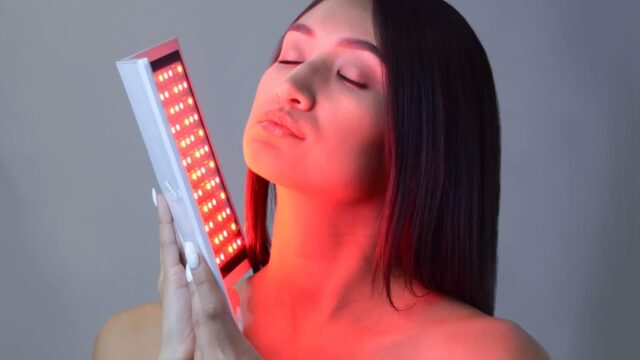
When it comes to taking care of your health, it’s important to take a holistic approach. You need to maintain good oral hygiene to sustain your oral health and eat well and exercise regularly to sustain your overall health. In an ever-changing world, many people are opting for creative and innovative measures to boost their health and wellness. Some are turning to cannabidiol (CBD) to treat certain conditions while others are turning to treatments like red light therapy.
Maybe you’ve never heard of red light therapy. Maybe you have but you’re not sure what benefits it offers or what it treats. Maybe you’ve booked your first appointment and you’re wondering what to expect. No matter your situation or knowledge level of this treatment, this guide answers all your important questions about red light therapy so you can be prepared.
What Is Red Light Therapy?
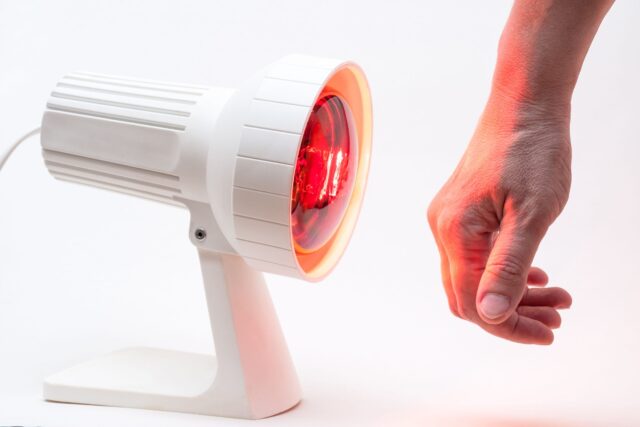
Red light therapy (RLT) is a treatment that uses low-level wavelengths of red light to treat various conditions, predominantly skin concerns such as wrinkles, scars, persistent wounds, and a host of other conditions.
Is It Approved By the Federal Drug Administration (FDA)?
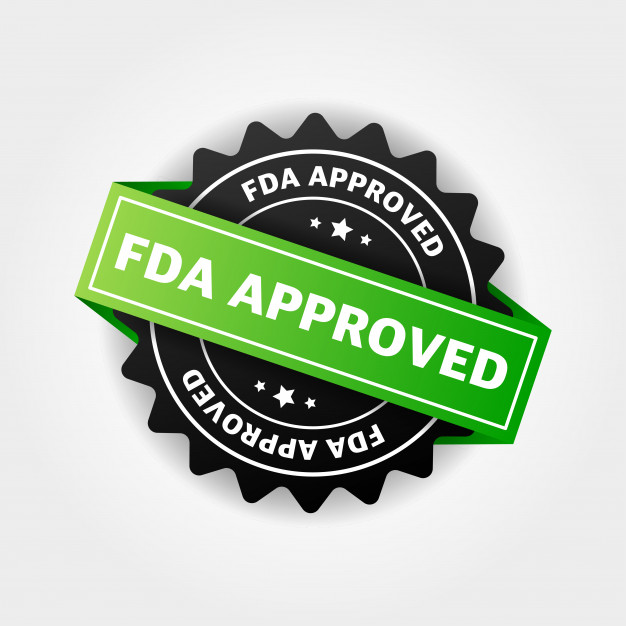
RLT has been approved by the FDA, but only for the treatment of certain conditions. As of September 2025, the FDA had approved red light therapy for treating minor pains and arthritis. It has yet to be approved for its capacity to treat any other conditions.
How Does It Work?
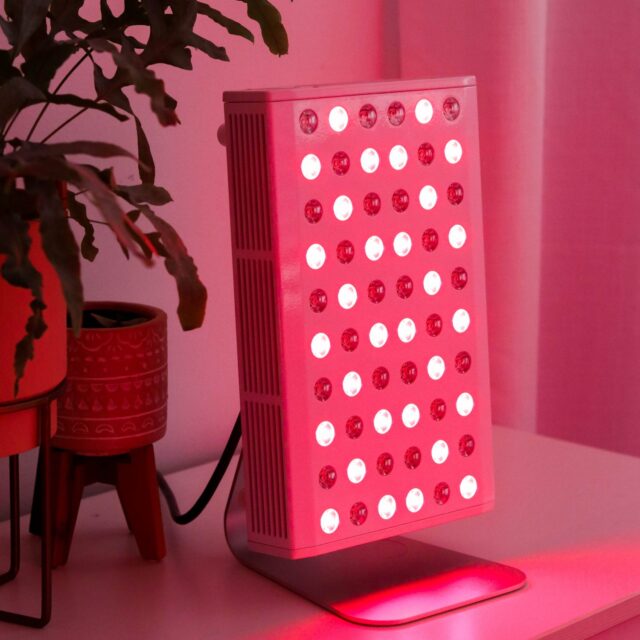
Red light is believed to produce a biochemical effect in skin cells that strengthens the mitochondria, which are the powerhouses of the cell. By stimulating the functionality of the mitochondria, your cell is able to produce more ATP (adenosine triphosphate), which is the energy-carrying molecule found inside the cell. With increased energy, your cells can operate more efficiently, rejuvenate faster, and repair damage.
RLT is also thought to increase the amount of collagen in the skin, which promotes elasticity and thereby improves facial texture and fills in fine lines. Additionally, it is said to improve the skin’s circulation and boost fibroblast production.
Is It Safe?
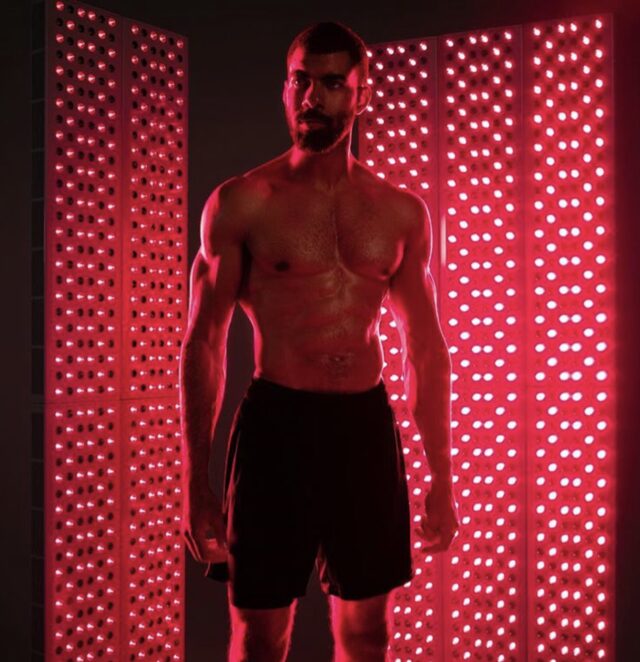
Yes. Unlike UV rays from the sun, which damage skin’s DNA, RLT is safe on the skin. Red light therapy is also sometimes known as photobiomodulation and low-level laser therapy (LLLT), which refers to the low spectrum at which this light is emitted. You won’t have to worry about tanning or burning because this frequency of light targets skin cells at a deeper level.
Are There Any Side Effects?
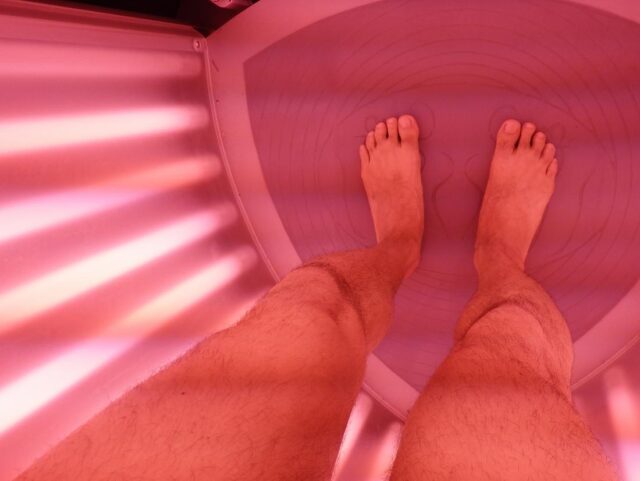
Given that red light, therapy is non-invasive, natural, and painless, individuals who have undergone red light therapy usually do not experience any side effects post-treatment. However, there have been rare instances in which people have experienced a temporary redness or soreness in the treated area. Some people also experience some eye dryness during and after the treatment. Others have reported exhaustion and headaches as experienced side effects following treatment; this is likely because the body uses a great deal of energy for the healing and mitochondria-building processes that are initiated by RLT. You can also check Dermavel for other common side effects of treatments like this. Such side effects are extremely minor and short-lived.
What Specific Conditions Does RLT Treat?

As was previously mentioned, RLT is most commonly used to treat a number of skin conditions, including:
- Acne – RLT offers anti-inflammatory benefits and it naturally decreases oil production and bacterial levels in the skin, which helps give a clearer and brighter complexion.
- Wrinkles – RLT is believed to boost the skin’s natural collagen production, which enhances elasticity and fills in wrinkles.
- Scarring – A 2014 study revealed that RLT promoted increased tissue repair and healing, which can aid in reducing the look of scars.
- Psoriasis – According to Healthline, a 2011 study from the Journal of the European Academy of Dermatology and Venereology examined the effects of both RLT and blue light therapy for people with psoriasis. Both forms of light therapy were found to be effective in treating psoriasis.
- HSV-1 and HSV-2 – RLT can be used to treat both HSV-1 (i.e. cold sores) and HSV-2 (i.e. genital herpes, genital warts). The red light soothes nerve pathways where outbreaks of both kinds take place and therefore helps to prevent future outbreaks. Find out more here: luminancered.com.
Additionally, some experts speculate that RLT’s anti-inflammatory benefits could help in treating the following conditions*:
- Obesity
- Alzheimer’s disease
- Type 2 diabetes
- Tendonitis
*Please note that further research is required on the effectiveness of RLT in treating these conditions.
Frequently acne is conveyed by a fair quantity of irritation. Red light therapy helps to calm and reduce redness, and abate oil production and bacteria on the skin.
Is Red Light Therapy Expensive?

The costs associated with RLT will vary depending on your provider and where you live. Generally, a 30-minute appointment with a registered dermatologist or skin therapist will cost between $25 and $85. Given that red light therapy is more effective the more frequently you do it, such costs could add up quite quickly. Keep in mind that RLT is not covered by insurance plans, so this money will be coming out of pocket.
You also have the option to purchase an at-home red light therapy device or kit. These tools can cost anywhere from $25 to $250; as a result, the quality of these products varies quite drastically as well. A cheaper device is likely not going to deliver the results you are hoping for, so if you are hoping to integrate RLT into your regular self-care routine, then it may be worth investing in a professional-grade tool. If you’re feeling extremely unsure about at-home administration and want a little extra guidance, it’s advisable to consult your doctor to get their opinion before you self-treat.
Clearly, red light therapy is an excellent and innovative way to boost your health and may treat a plethora of conditions, from wrinkles to psoriasis to HSV-1 and HSV-2. It can also be used to treat joint conditions like arthritis and minor muscle pains, and potentially even more serious illnesses like Alzheimer’s, although more research is needed to confirm this. With the information provided in this guide, you will ideally have the knowledge you need to understand if red light therapy is a suitable option to meet your health goals. If so, you can walk into your first appointment knowing exactly what to expect.


